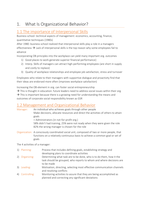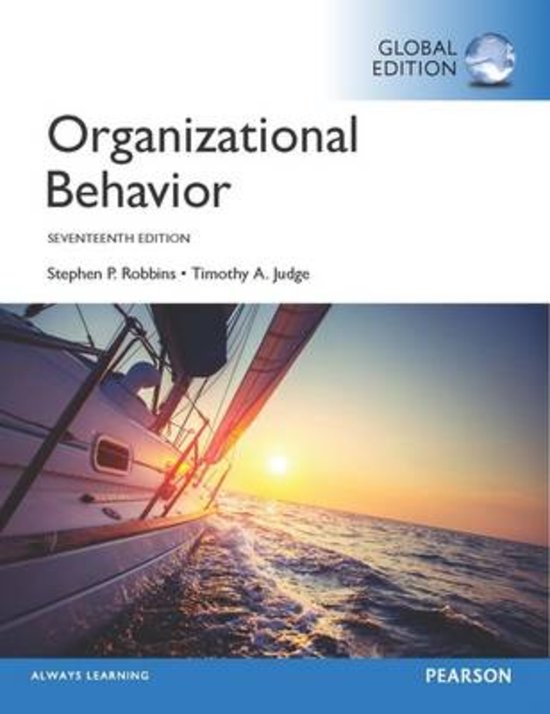Samenvatting
Book Summary: Organization Behavior by Robbins and Judge (17th ed.) Chapter 1,2,3,4,5,7,8 and 9
- Instelling
- Universiteit Gent (UGent)
Summary of the book Organizational Behavior by Robbins and Judge the 17th Edition: Chapter 1,2,3,4,5,7,8 and 9 (with images used in the book)
[Meer zien]





